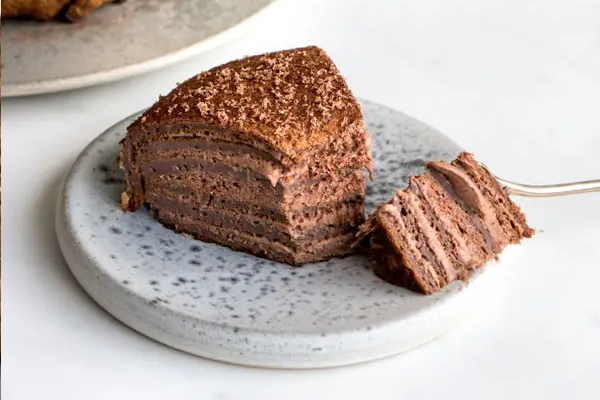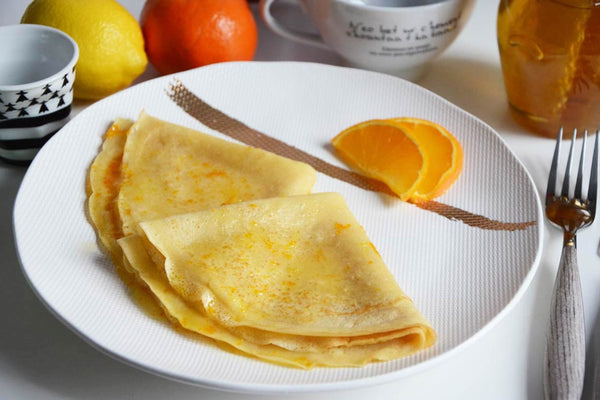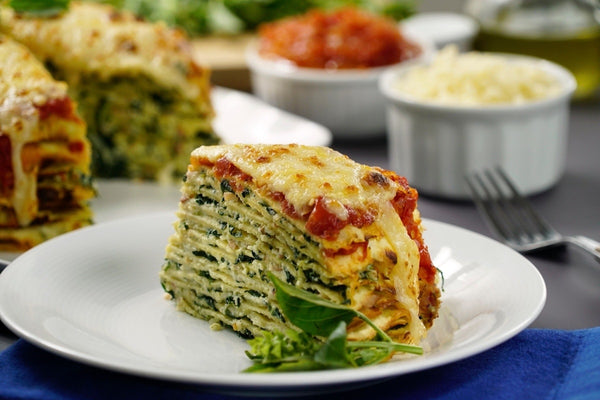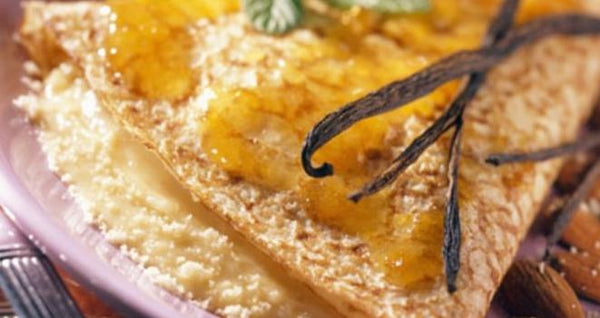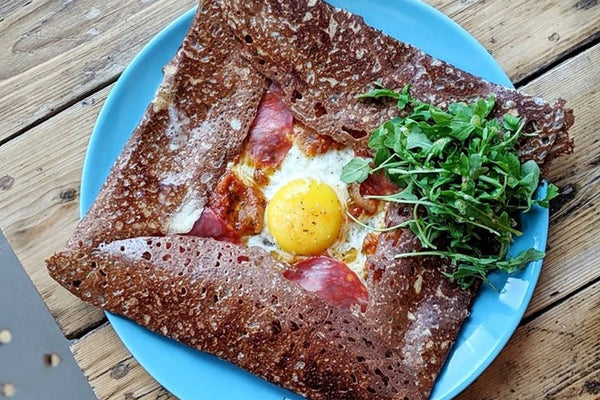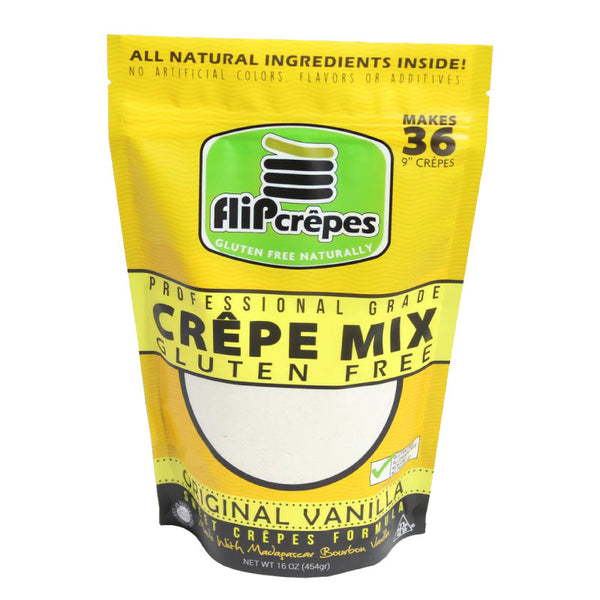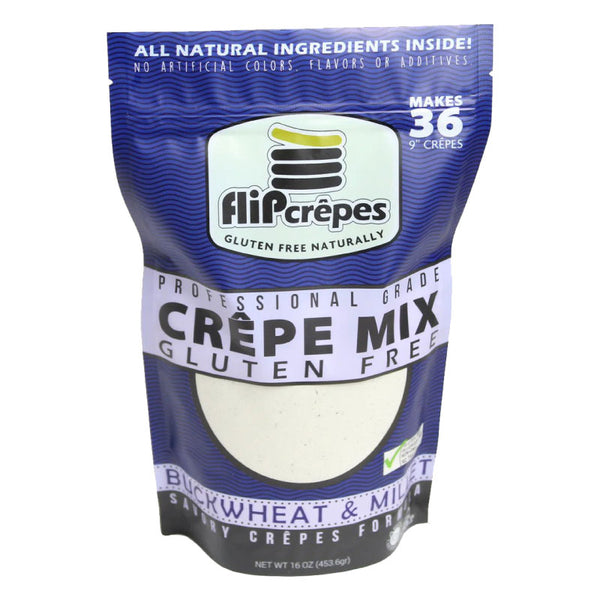As a home baker, it's easy to fall into the habit of using active dry yeast for all your baking needs. However, there are several types of yeast available, each with their own unique characteristics and uses. In this guide, we'll explore the different types of yeast for baking, how to activate yeast properly, when to use yeast over baking powder or baking soda, and even whether or not people can be allergic to yeast.
Types of Yeast for Baking
Active Dry Yeast: This is the most common type of yeast found in grocery stores. It's easy to use and has a long shelf life. Active dry yeast needs to be activated in warm water before being added to dough or batter.
Instant Yeast: This type of yeast is also known as rapid-rise yeast. It doesn't need to be activated in warm water and can be added directly to dough or batter. Instant yeast also has a longer shelf life than active dry yeast.
Fresh Yeast: Also known as cake yeast, this type of yeast is sold in small blocks and has a short shelf life. It needs to be crumbled and dissolved in warm water before being added to dough or batter.
Sourdough Starter: Sourdough starter is a natural leavening agent made from a mixture of flour and water that has been allowed to ferment. It adds a unique tangy flavor to bread and requires more time and attention than other types of yeast.
Activating Yeast Properly
To activate yeast, it needs to be dissolved in warm water with a pinch of sugar. The water should be between 105-110°F (40-43°C), which is warm to the touch but not hot. Let the yeast sit in the warm water for about 5-10 minutes until it becomes frothy and bubbly. If the yeast doesn't foam up, it may be dead and should be discarded.
When to Use Yeast over Baking Powder or Baking Soda
Yeast is typically used in recipes that require longer rising times, such as bread and pizza dough. Baking powder and baking soda are chemical leaveners that work quickly and are typically used in recipes that require a shorter rise time, such as biscuits, cakes, and crêpes.
Can People Be Allergic to Yeast?
Yes, some people can be allergic to yeast. The symptoms of a yeast allergy can vary but may include skin rashes, itching, and difficulty breathing. It's important to consult with a doctor if you suspect you may have a yeast allergy.
In conclusion, understanding the different types of yeast for baking, how to activate yeast properly, and when to use yeast over baking powder or baking soda can make a big difference in your baking results. Experiment with different types of yeast and see what works best for you and your favorite recipes. And don't forget to try making a batch of sourdough bread for a delicious and unique flavor!
Sources and References:
- "Yeast Breads" by Rose Levy Beranbaum
- "Bread Science: The Chemistry and Craft of Making Bread" by Emily Buehler
- "The Bread Baker's Apprentice: Mastering the Art of Extraordinary Bread" by Peter Reinhart
- "The Joy of Cooking" by Irma S. Rombauer and Marion Rombauer Becker
- "Yeast: The Practical Guide to Beer Fermentation" by Chris White and Jamil Zainasheff
